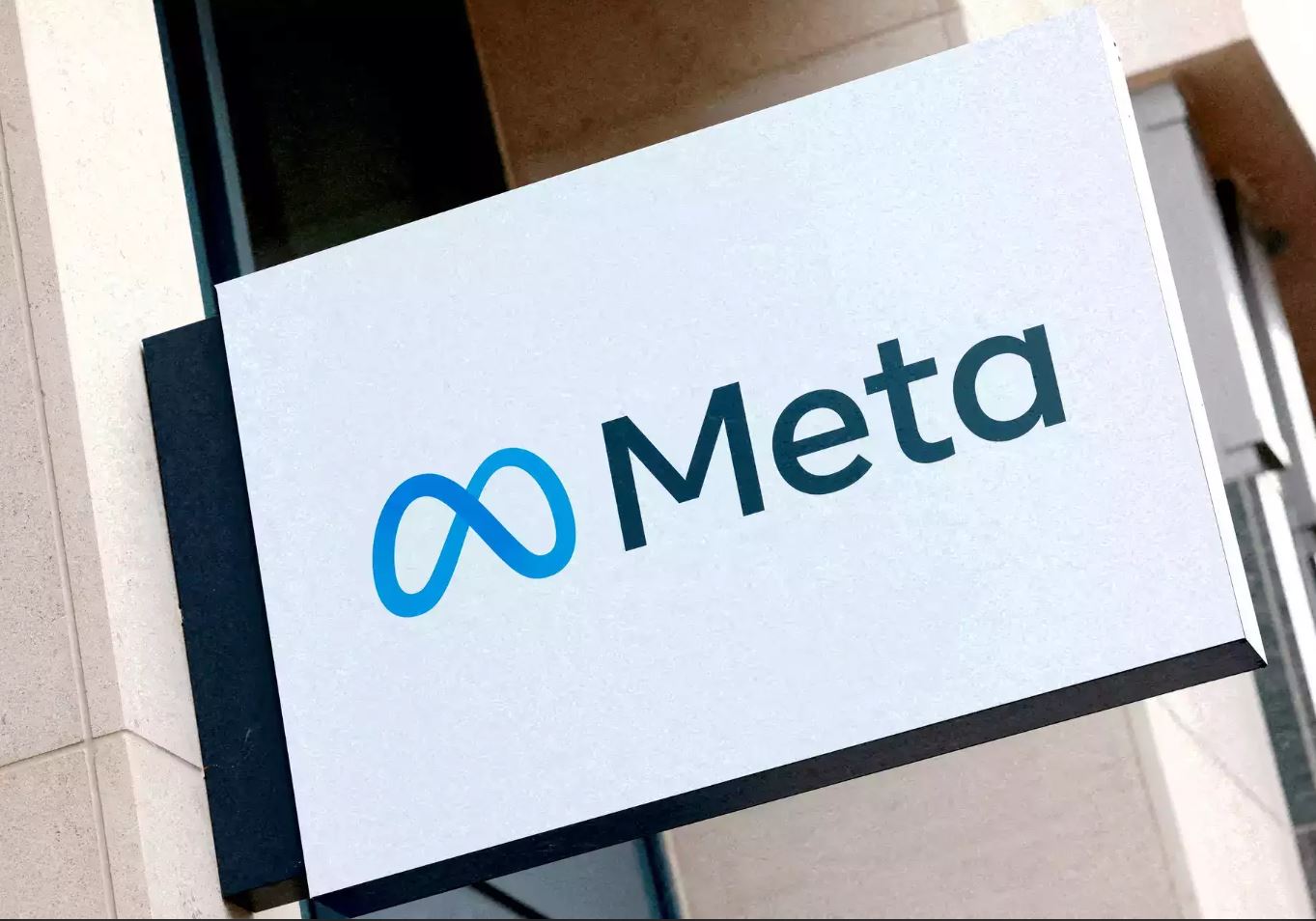In a groundbreaking move that is poised to reshape the landscape of open-source artificial intelligence, Meta has unveiled its latest innovation - the Llama 3 models. These cutting-edge multimodal models are designed to understand both text and images, marking a significant leap forward in AI technology.
The introduction of the Llama 3 models by Meta represents a pivotal moment in the field of open-source AI, offering developers and researchers a powerful tool to enhance their projects and applications. With the ability to comprehend and analyze both textual and visual data, these models are set to unlock new possibilities in various industries, from healthcare to finance and beyond.
Meta's Llama 3 models are part of a growing trend towards multimodal AI, where machines can process and interpret information from multiple sources simultaneously. This capability opens up a myriad of opportunities for innovation and creativity, enabling AI systems to better understand and interact with the world around them.
The rise of multimodal models like the Llama 3 is a testament to the rapid evolution of AI technology, driven by advancements in machine learning and neural networks. By harnessing the power of these sophisticated models, developers can create more intelligent and versatile AI applications that can revolutionize how we work, communicate, and live.
However, with great power comes great responsibility. The deployment of multimodal AI models also raises important ethical considerations, such as ensuring transparency, accountability, and fairness in their use. As these technologies become more pervasive, it is crucial for stakeholders to establish guidelines and best practices to govern their development and deployment.
In addition to Meta's Llama 3 models, other open-source multimodal models like LLaVA-1.5 and Qwen-VL are also making waves in the AI community. These models offer unique capabilities, such as answering questions about images based on prompts and understanding complex relationships between text and images. Their accessibility and versatility make them valuable assets for researchers and developers seeking to push the boundaries of AI innovation.
As the field of open-source AI continues to expand and evolve, collaborations between industry leaders, researchers, and developers will be essential to drive progress and innovation. By sharing knowledge, resources, and expertise, the AI community can collectively advance the state of the art and unlock new possibilities for the future.
In conclusion, Meta's unveiling of the Llama 3 models represents a significant milestone in the journey towards more intelligent and capable AI systems. With their ability to understand both text and images, these multimodal models have the potential to revolutionize how we interact with AI technology and pave the way for a new era of innovation and discovery.




